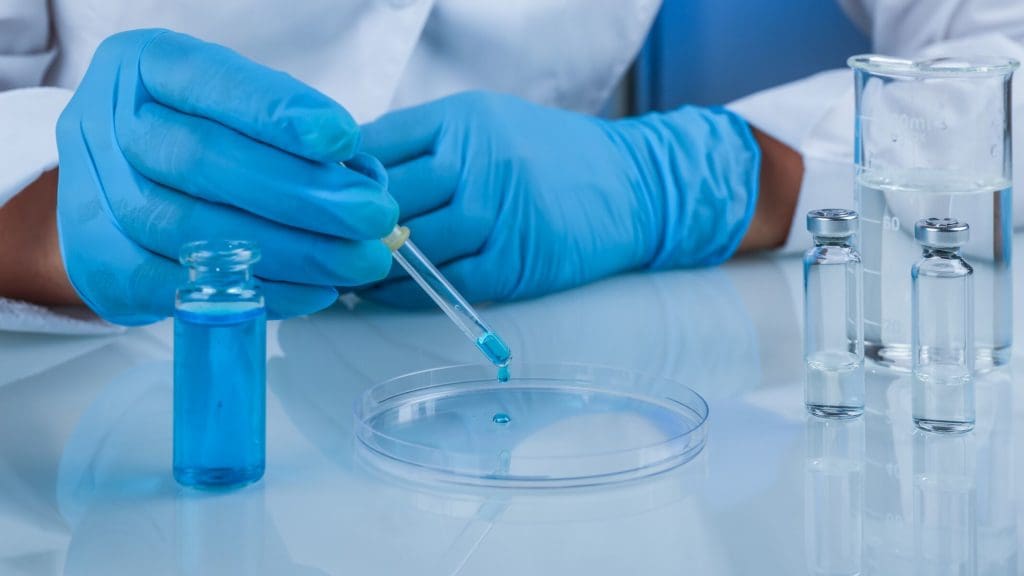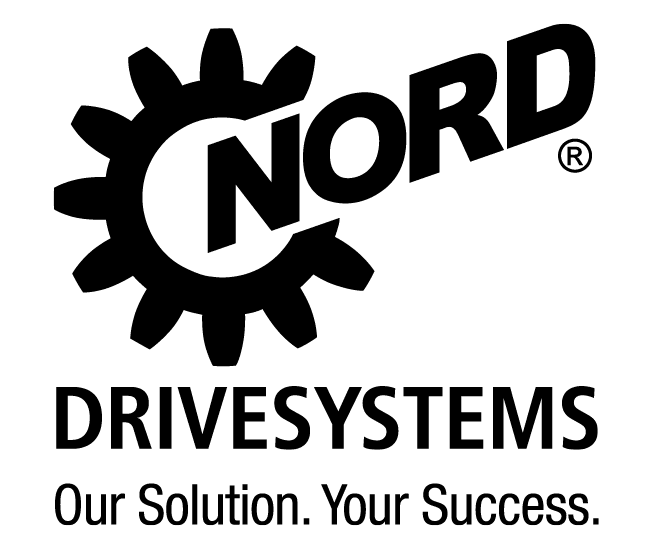In the Association’s publication No. 10, minimum requirements for the sterilisation performance of VDMA Hygiene Class IV filling machines are specified and the general conditions for proper operation are described. In the revision now presented, new test microorganisms have been specified for UVC-based sterilisation processes and the Pulse Light process. Furthermore, the minimum disinfection performance for e-beam processes used in Class IV machines was specified.

The reason for the new specification of test germs for UVC-based disinfection procedures and the PulseLight procedure was that the spores of Aspergillus niger DSM 1957 or Aspergillus brasiliensis DSM 1988, which had previously been specified as test microorganisms, were classified in risk group 2 in the “TRBA 460” (Technical Rules for Biological Agents). This means that it is no longer possible to use these strains for testing the sterilisation performance of filling machines within the scope of TRBA 460 outside so-called S2 laboratories.
In the AIF research project “SURROGATE” (AiF No.: 20924 N/1), investigations were then carried out at the Fraunhofer IVV in Freising regarding possible substitute germs that have comparable killing kinetics to spores of Aspergillus brasiliensis with regard to UVC disinfection devices. Based on these investigations, Aspergillus carbonarius DSM 872 is specified as the preferred test germ for testing the disinfection performance of UV disinfection devices.
The sporulation conditions specified here are marked as provisional, as they are subject to further investigations. Until sufficient experience with A. carbonarius is available, it is recommended to compare the resistance of spore suspensions of A. carbonarius DSM 872 with that of A. brasiliensis DSM 1988.
Based on the same research project, Penicillium rubens (DSM 848) was specified as a test germ for the pulsed light method.
The VDMA working group ‘Interface problems with aseptic systems’ has defined 5 categories of hygienic filling machines in the trade association publication NuV No. 2 ‘Hygienic filling machines for liquid and pasty foodstuffs – categorisation and typical fields of application’, whereby the highest requirements are placed on class V machines (aseptic filling machines).
Class IV machines according to this trade association publication are filling machines for liquid and pasty foodstuffs which have the essential technical features of a class V machine, but without meeting the high requirements of aseptic filling machines for sterilisation of the packaging, sterilisation of the filler and sterilisation of the machine interior.
Typical applications for Class IV machines are acidic products (pH < 4.6) distributed with a long minimum shelf life outside the cold chain (e.g. cold-filled strained tomatoes, cold-filled fruit juices, heat-treated fruit yoghurt), pasteurised products distributed in the cold chain in the pH range > 4.6 (e.g. ESL milk, pasteurised milk, pasteurised milk). ESL milk, pudding) as well as the avoidance of product contamination with spoilage germs such as mould spores to extend the minimum shelf life (e.g. natural yoghurt, quark).
Information on the SURROGAT research project
https://www.ivlv.org/project/surrogat/
Overview and free download of VDMA publications on the subject of low-germ and aseptic filling
https://vdma.org/viewer/-/v2article/render/15218776





